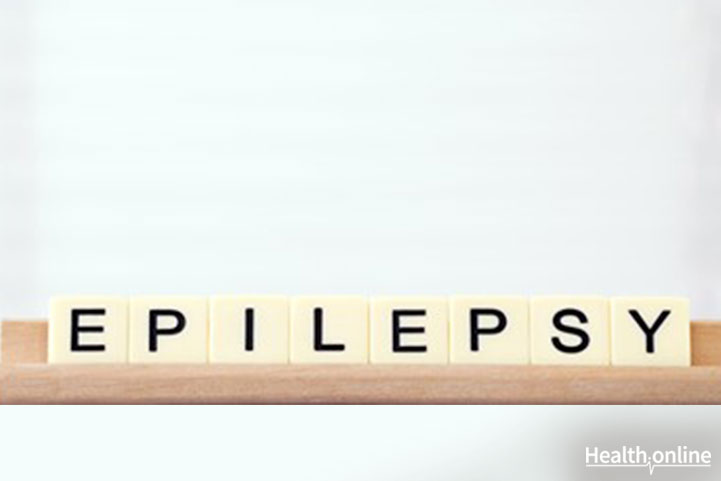
Effective Treatments for Epilepsy and Seizures
According to medical experts, epilepsy characterizes a collection of recurring seizure disorders triggered by abnormal and sudden electrical impulses in the brain. Although recurrent seizures are a symptom of epilepsy, not all individuals who suffer from seizures have epilepsy. In fact, several underlying health conditions can cause seizures to occur—including infections of the brain (i.e., meningitis as well as sodium and blood glucose imbalances). This why the patient must experience frequent seizures for a firm epilepsy diagnosis.
If epilepsy is diagnosed, several treatment options are available:
1. Epilepsy medication
Most epileptic patients, roughly 70%, are able to control their seizures with medication alone, which is why medication is usually the first course of action. Doctors tend to start patients on a low dose of anti-seizure (anticonvulsant) medications, and gradually increase the dosage depending on several factors—including patient age, gender (especially if you want to get pregnant), medical history, other existing medical conditions, and seizure type. Anti-seizure drugs work to improve communication in the brain and calm brain cell activity. Keep in mind, not all patients find the right medication fit right away, and doctors will often monitor how the patient reacts to the with regular blood work and the option to alter medications as needed (i.e., seizure frequency often subsides with age).
2. Nerve stimulation
Patients with severe epilepsy, or those who don’t respond to medication may be candidates for nerve stimulation. There are two types of nerve devices for epileptic patients—responsive neurostimulation and vagus nerve stimulation:
Responsive neurostimulation surgically inserts a tiny neurostimulator device under the patient’s scalp to monitor abnormal brain activity patterns that trigger seizures. If the device is alerted to an oncoming seizure, it emits an electronic pulse to prevent it from occurring.
Vagus nerve stimulation implants a tiny device within the chest tissue and attaches it to the vagus nerve, sending tiny bursts of electricity to the brain. The vagus nerve controls brain, heart, lung, and digestive tract function, and runs from the chest through abdomen into the neck and into the lower portion of the brain.
Recommended Read: Benefits of the Ketogenic Diet
3. Dietary changes
In addition to medication, many epileptic patients benefit from adopting the high fat, low carb ketogenic diet to help control certain types of seizures. Keep in mind, the ketogenic diet is known to cause several negative side effects (i.e., constipation, weight gain, high cholesterol, and kidney stones) so it’s always best to consult with a doctor and nutritionist before attempting any new eating plan.
4. Surgery
Although considered a last resort, two types of surgery can help epileptic patients who suffer from severe seizures. Disconnective surgery disconnects pathways between the nerves and the brain that cause seizures to occur. While resective surgery is a neurosurgery that removes a tiny portion of the brain (i.e., in the occipital lobe, parietal lobe, frontal lobe, or temporal lobe) that stimulates seizures in order to reduce or eliminate seizures completely.




